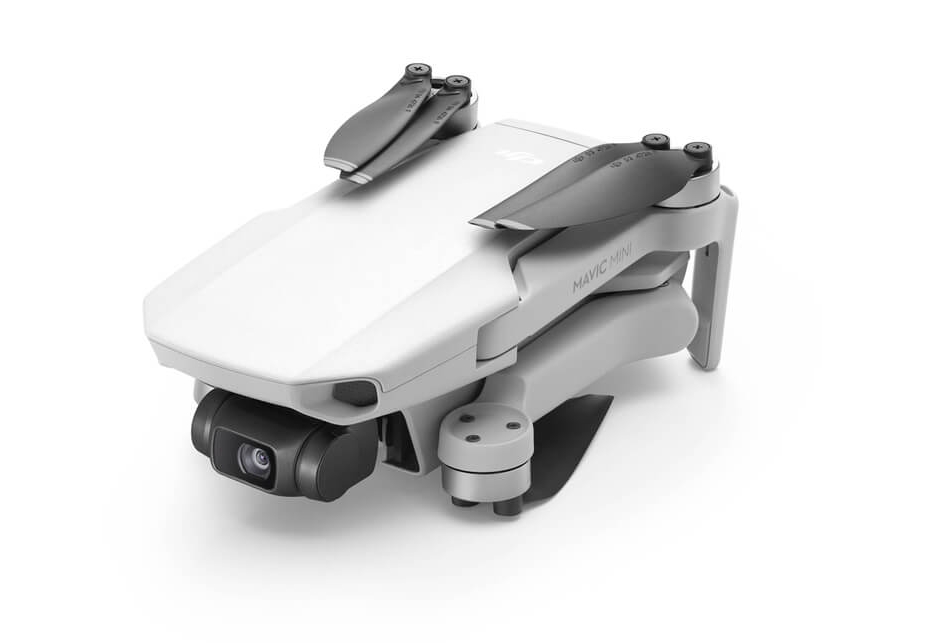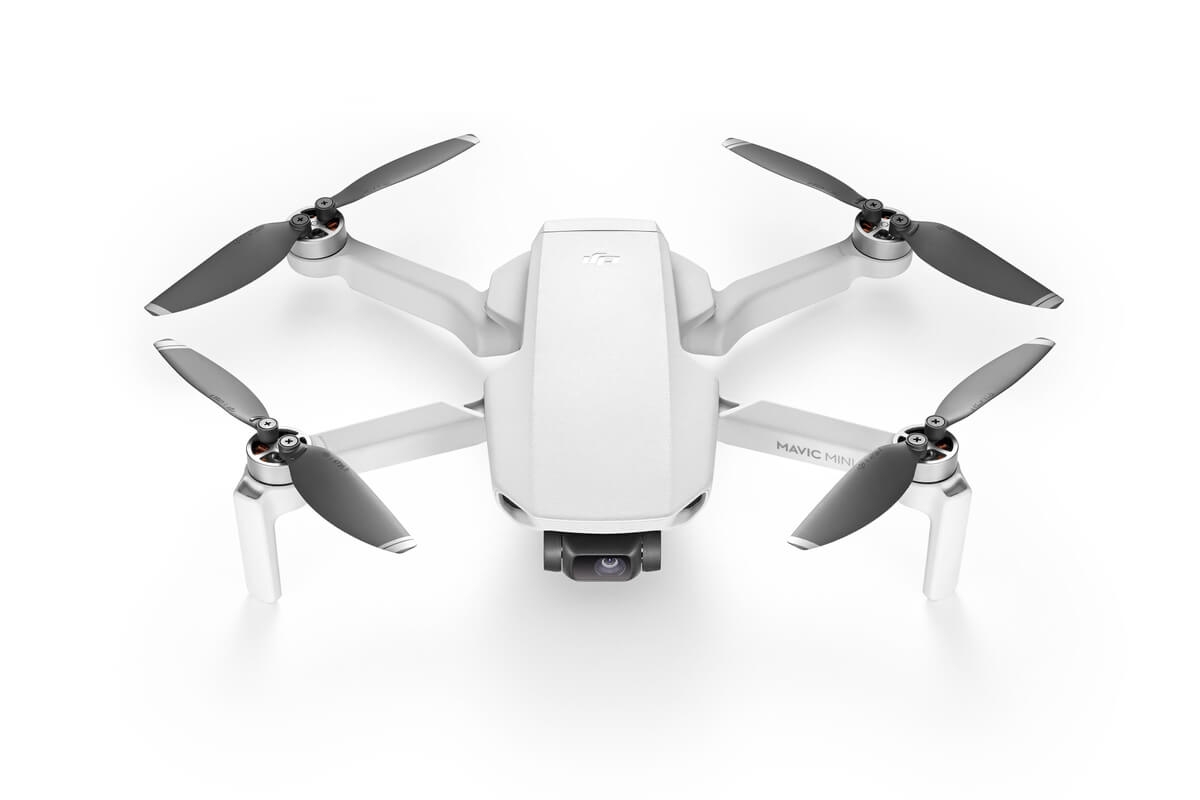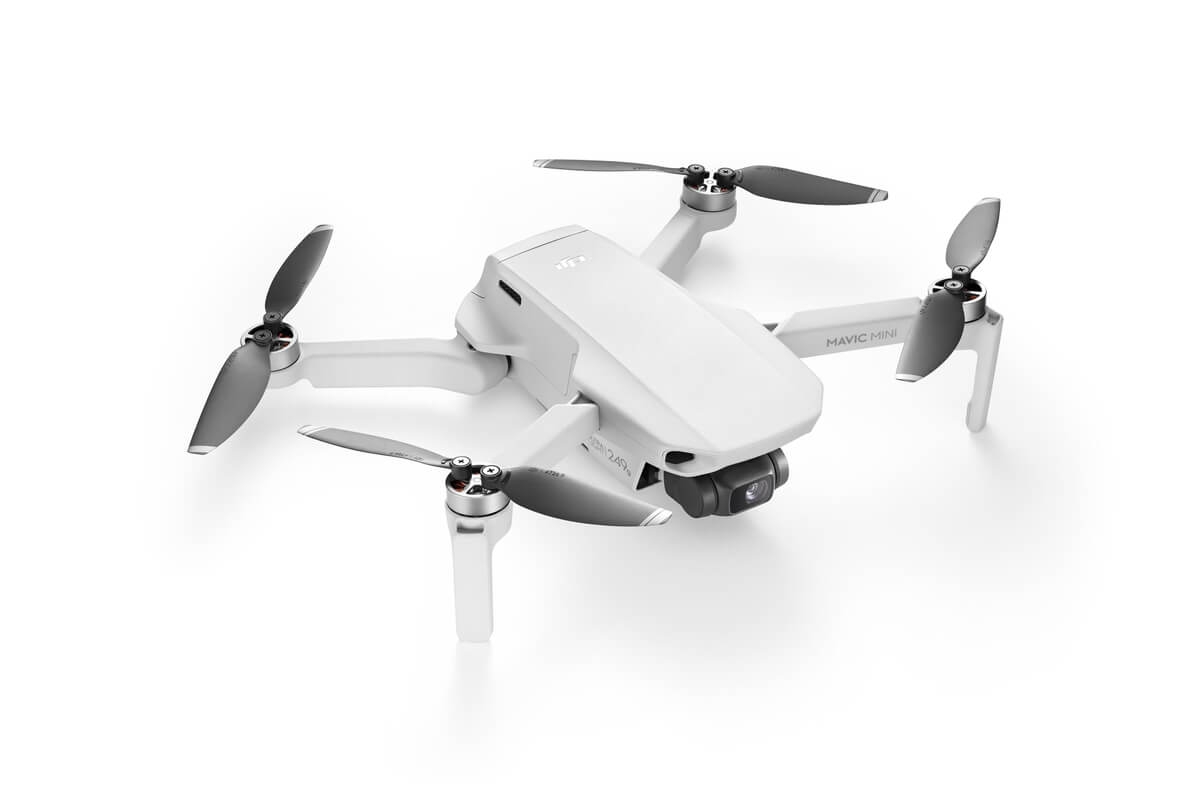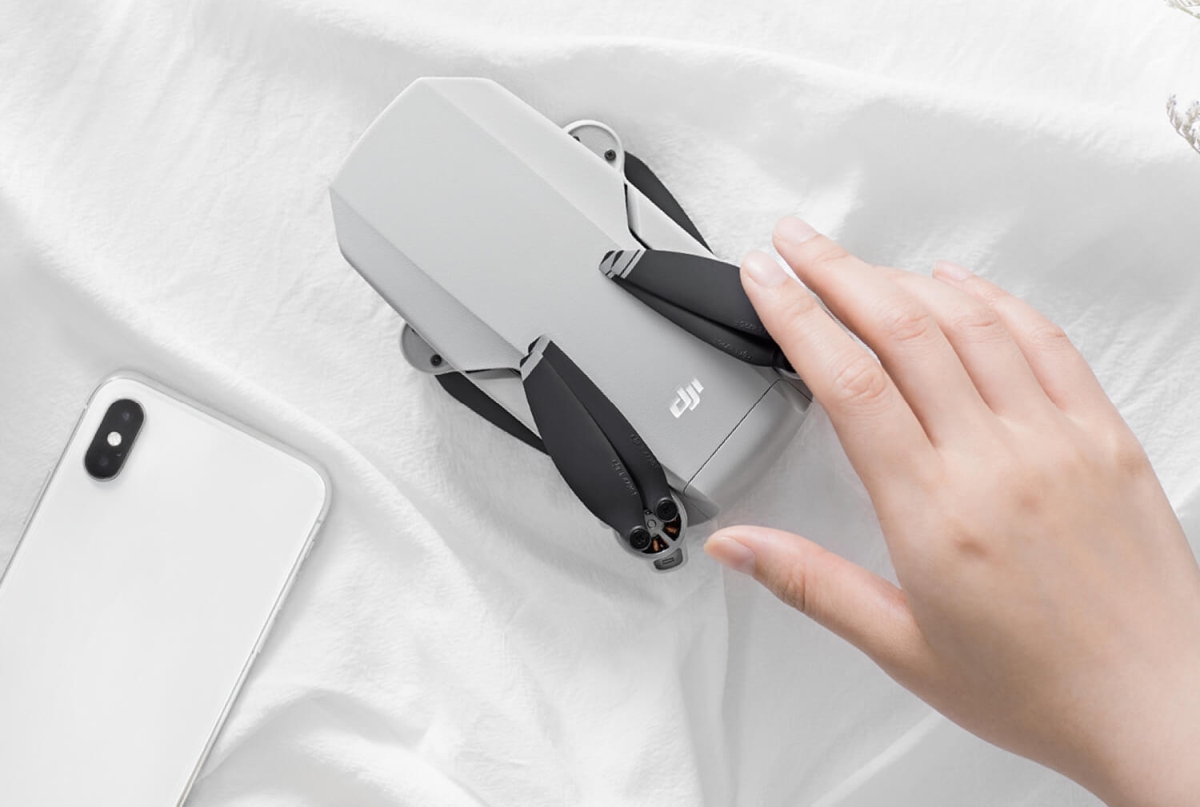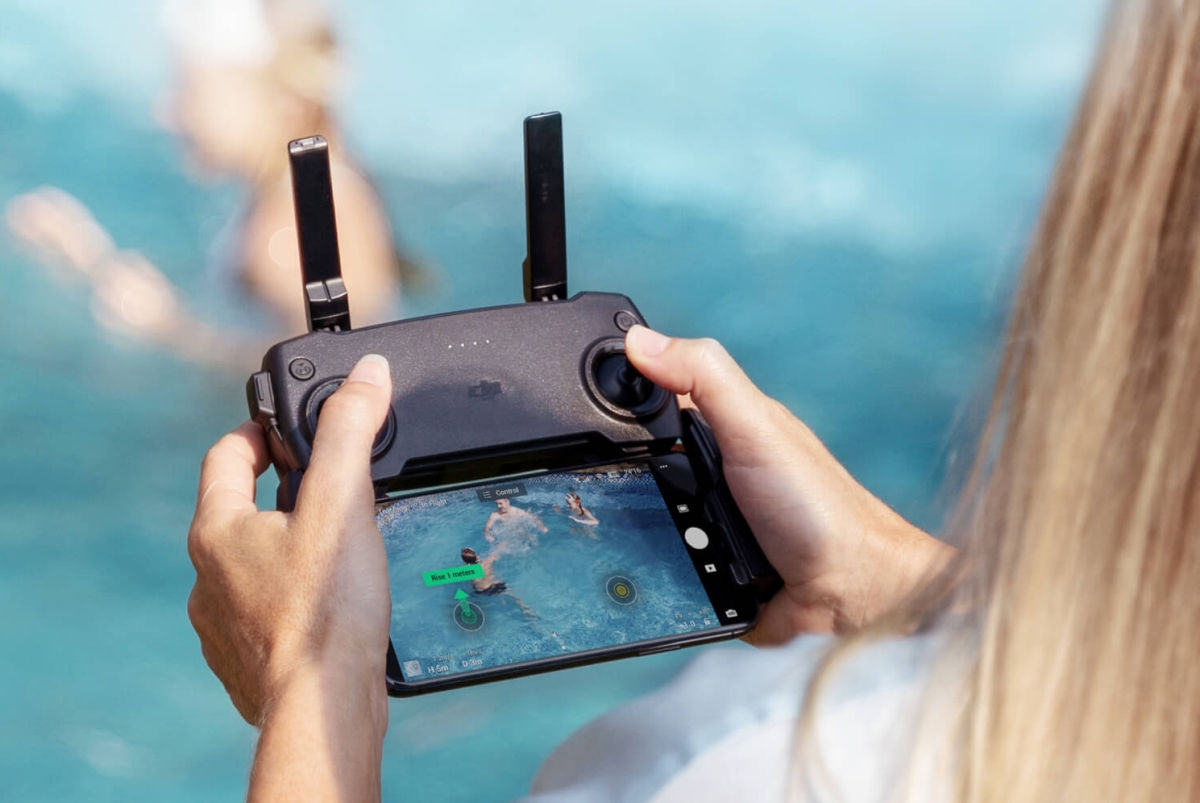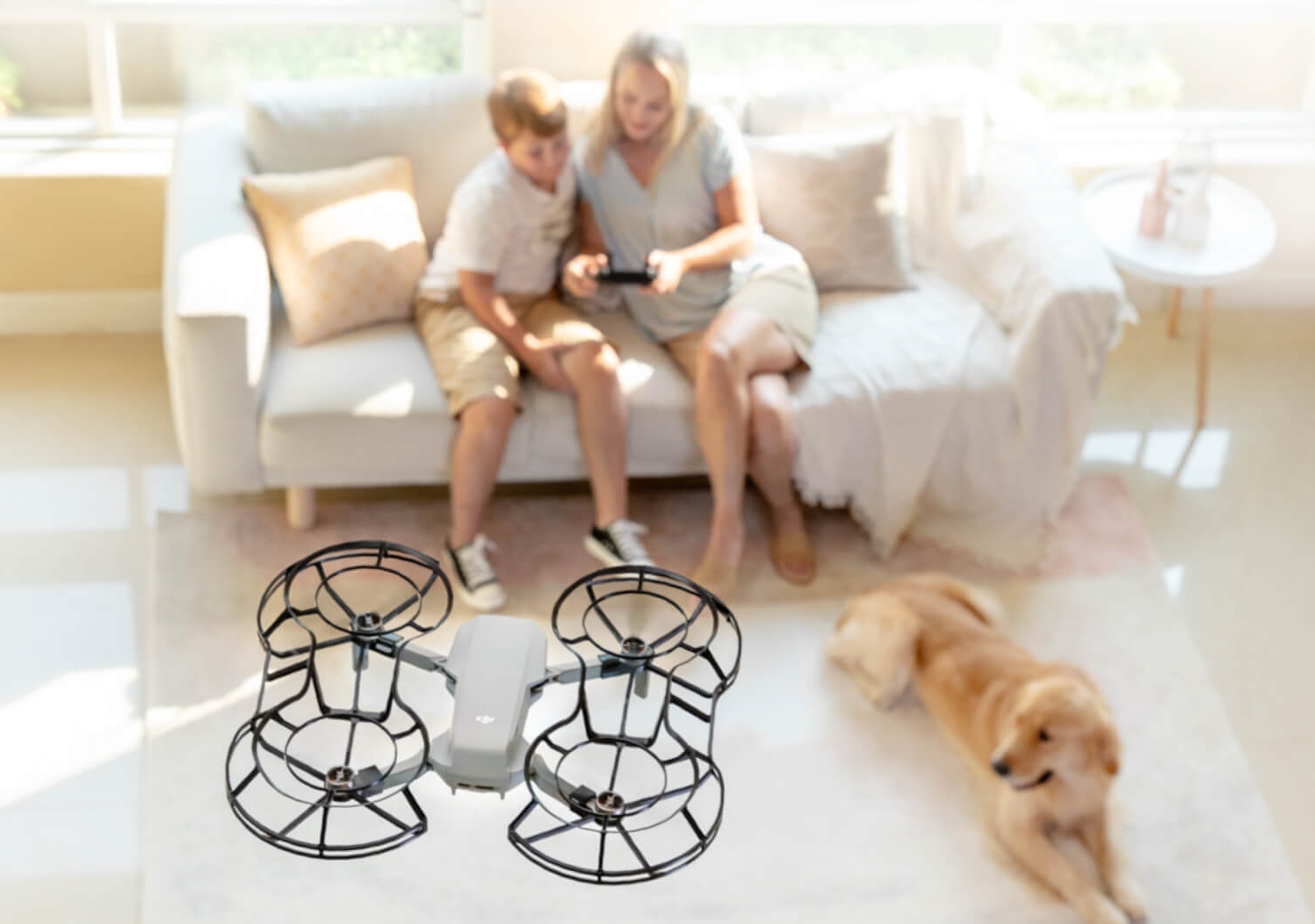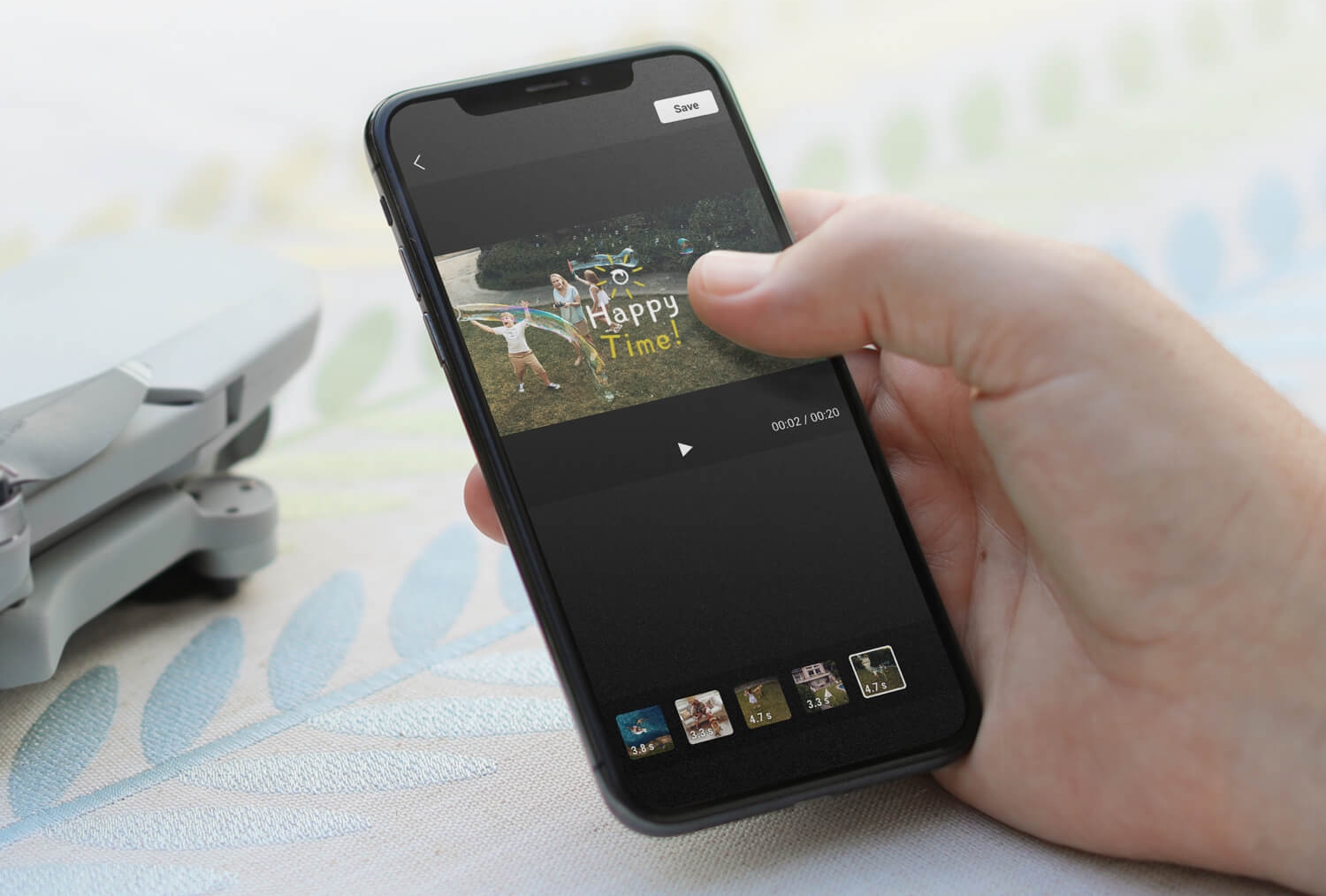The DJI Mavic Mini has just been announced and this is their most compact foldable drone yet. With its arms folded, it has a smaller footprint than the DJI Spark and it’s roughly the size of a large-screen smartphone.
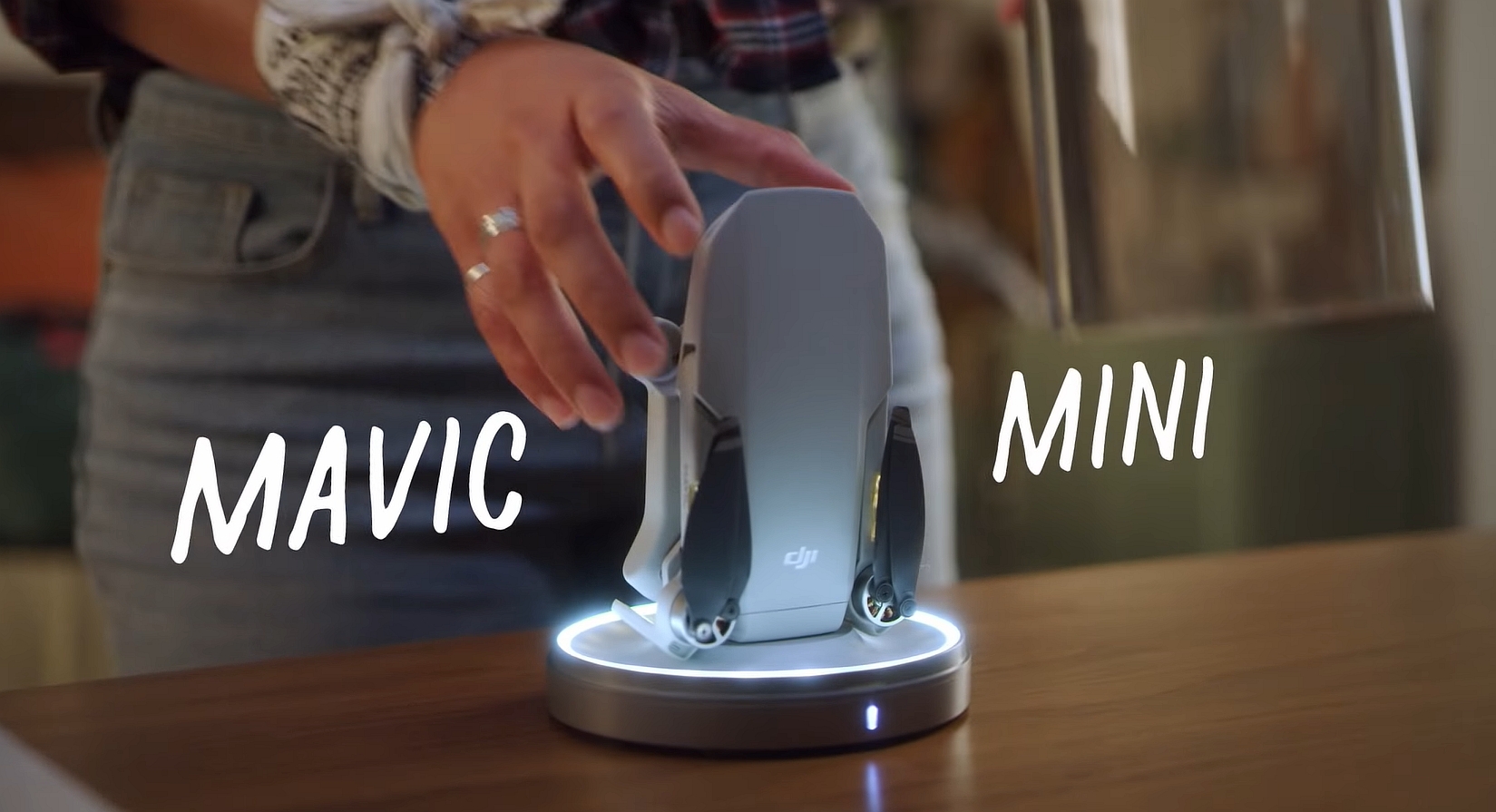
DJI is calling it an everyday FlyCam because it is not only portable but it’s also easy to fly even for first-time users. At 249g, the Mavic Mini is also 51g lighter than the Spark (300g) and 154g lighter than the Mavic Air (403g). Because of its weight, this is also the first foldable drone by DJI that doesn’t require FAA registration in the US, but do note that there are still local laws that apply.
Despite its smaller size, it still has a rated maximum flight time of 30 minutes and a 3-axis gimbal for stabilisation. It has a maximum service ceiling of 3000m above sea level and it can go as fast as 13m/s or 46.8km/h in Sports mode.
Sitting between the DJI Spark and the Mavic Air, the new Mini can record videos up to 2.7K (2720×1530), which is somewhat equivalent to Quad HD, and it has a maximum bitrate of 40Mbps. The device uses a 12MP f/2.8 1/2.3″ CMOS sensor with a field of view of 83-degrees.
Unlike the Spark, you do get a controller with the Mavic Mini and they have also improved the DJI Fly app to be simpler and more intuitive. For new users, the app even includes a flight tutorial to help you get started with your new drone. With your phone attached to the controller, you can get the live video feed from the drone in HD for up to a distance of 4km.
Similar to other DJI models, the Mini lets you capture epic footages with QuickShots. With a couple of taps, you can perform a dronie, rocket, circle and helix. For those without video editing experience, the DJI Fly app comes with preset creator templates which let you create videos that are ready to share on social media.
Unfortunately, the Mini lacks the advance collision avoidance system that you’ll find on the other Mavic drones. It only gets a single downward-sensing sensor, which is quite surprising and it is probably a critical move by DJI in order to reduce weight.
For newbies, the collision avoidance system is very useful if you do not intend to crash your drone into trees and other obstacles. As a comparison, even the cheaper Spark has both front and bottom sensing, and it made flying effortless for first-time drone users.
What’s interesting is that the official spec page lists two type of batteries – Intelligent battery with 2,400mAh capacity that weighs 100g and the Intelligent Flight Battery (1100mAh) which is much lighter at 50g.
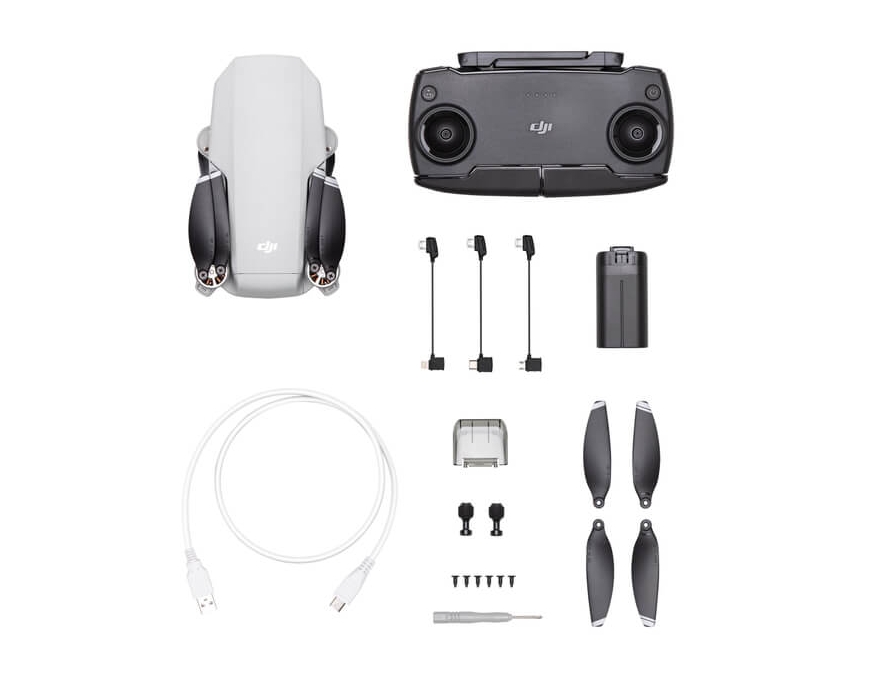
Standard 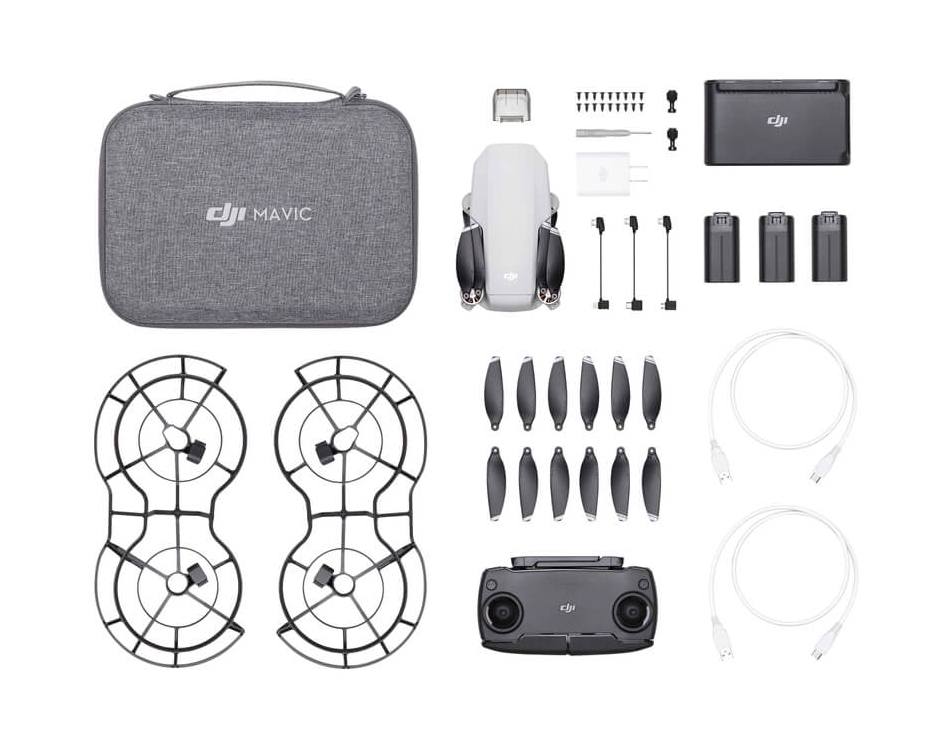
Fly More Combo
In the US, the Mavic Mini standard kit costs USD 399 (about RM1,667) and it comes with a remote controller, 1x intelligent flight battery, a pair of spare propellers, a pair of spare control sticks, 6x extra screws and the necessary cables.
Meanwhile, the Fly More Combo costs USD 499 (about RM2,084). For the extra money, you’re getting 3x intelligent flight batteries, 3x spare propellers, 18x spare screws, 360-degree propeller guard, a two-way charging hub with an 18W USB charger and a carrying bag.
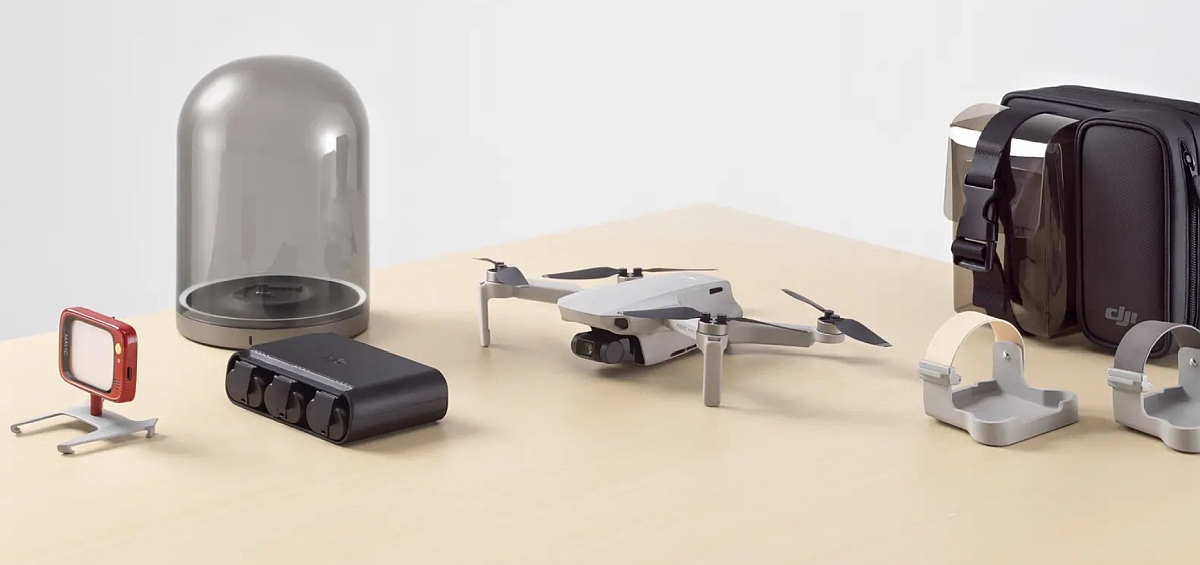
DJI has also introduced other fancy accessories for the Mini like the charging base for USD 39 (about RM163) and it lets you show off your drone in a nice display case while it’s charging. There’s also a Snap adapter that lets you attach an LED display or building block on top of the drone for USD 15 (about RM63).
There are no local pricing details yet but we reckon you could probably find one at a drone store very soon. So would you get this or would you rather invest extra for the Mavic Air that can shoot 4K and it comes with omnidirectional collision sensing? Let us know in the comments below.


